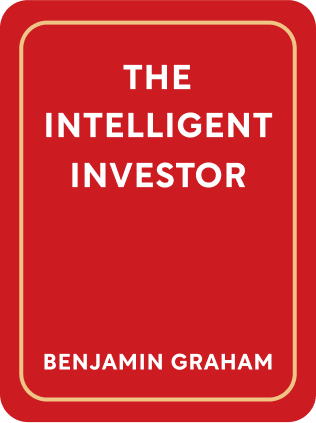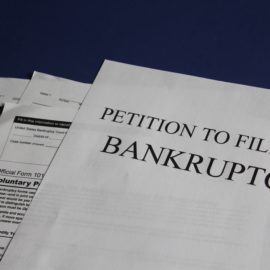

This article is an excerpt from the Shortform book guide to "The Intelligent Investor" by Benjamin Graham. Shortform has the world's best summaries and analyses of books you should be reading.
Like this article? Sign up for a free trial here .
What was the AOL Time Warner merger? Was it successful and how did it affect stocks and investments?
The AOL Time Warner merger is an example of a small company absorbing a large company, and why this method fails. The merger caused major financial losses and stock price drops.
Read more about the AOL Time Warner merger and the lessons we can learn about investing.
Investment Archetypes
When choosing investments, it’s as important to avoid overhyped companies on the brink of failure as it is to choose bargain stocks. Graham shows four case studies of companies that had astronomical stock prices but showed clear warning signs of their impending demise. Moreover, to detect their weak conditions, you wouldn’t have needed to understand their intricate workings—you could have used the basic financial metrics we’ve covered already.
Then, in his commentary, Zweig adds modern examples of each archetype.
The four archetypes shown are:
- A giant company with signs of poor operating performance
- An empire-building conglomerate that grows unwisely through acquisition
- An acquisition where a small company absorbs a giant
- A company with little substance riding a speculative wave
AOL Time Warner Merger
In 2001, AOL (America Online), a company with $6 billion in revenue, merged with Time Warner, a company with $27 billion in revenue. This was signaled as a “merger of equals,” but AOL was clearly the smaller company. The rationalization was that AOL, the hot Internet company, was going to revitalize the old media company Time Warner.
AOL was already on shaky ground:
- The SEC had opened investigations into whether AOL had misleadingly represented marketing costs.
- Half of AOL’s assets ($5 billion worth) consisted of stock in other companies; if the stock market fell, its asset base would also fall.
The eventual result: AOL Time Warner reported a $99 billion loss in 2002, to date still the largest corporate loss of all time (after accounting for inflation), and an 80% loss in stock price.
(Shortform note: The book doesn’t go further into fundamental reasons for the business’s failure, but general consensus points to 1) the bursting of the dotcom bubble, 2) the disruption of AOL’s dial-up Internet service by broadband Internet providers, 3) a clash of cultures between new AOL and old Time Warner that prevented real cooperation from materializing.)

———End of Preview———
Like what you just read? Read the rest of the world's best book summary and analysis of Benjamin Graham's "The Intelligent Investor" at Shortform .
Here's what you'll find in our full The Intelligent Investor summary :
- Key advice from what Warren Buffett considers the "best book about investing"
- The 2 major indicators you should use for evaluating stocks
- How you can use aggressive or defensive investing strategies






